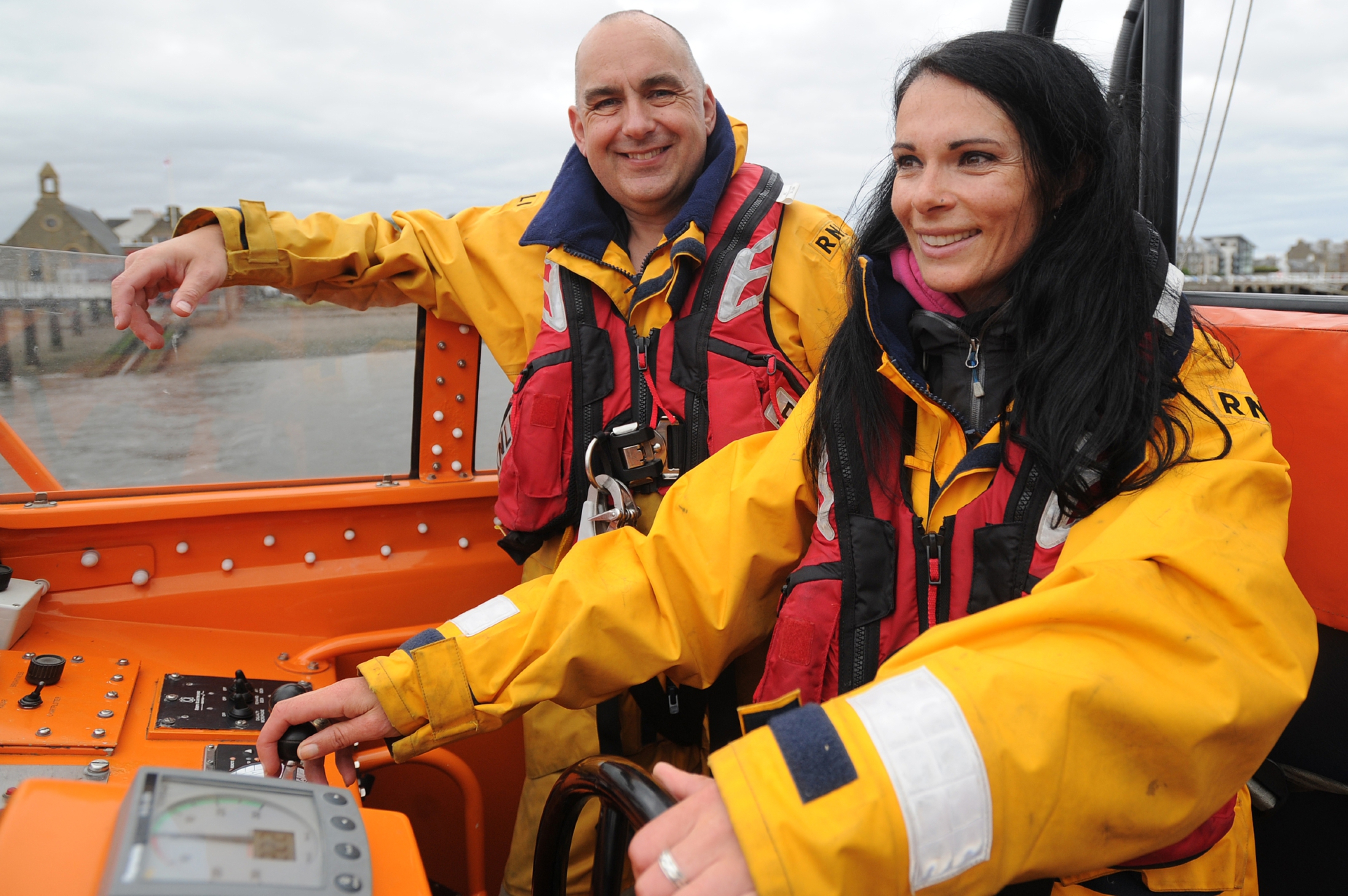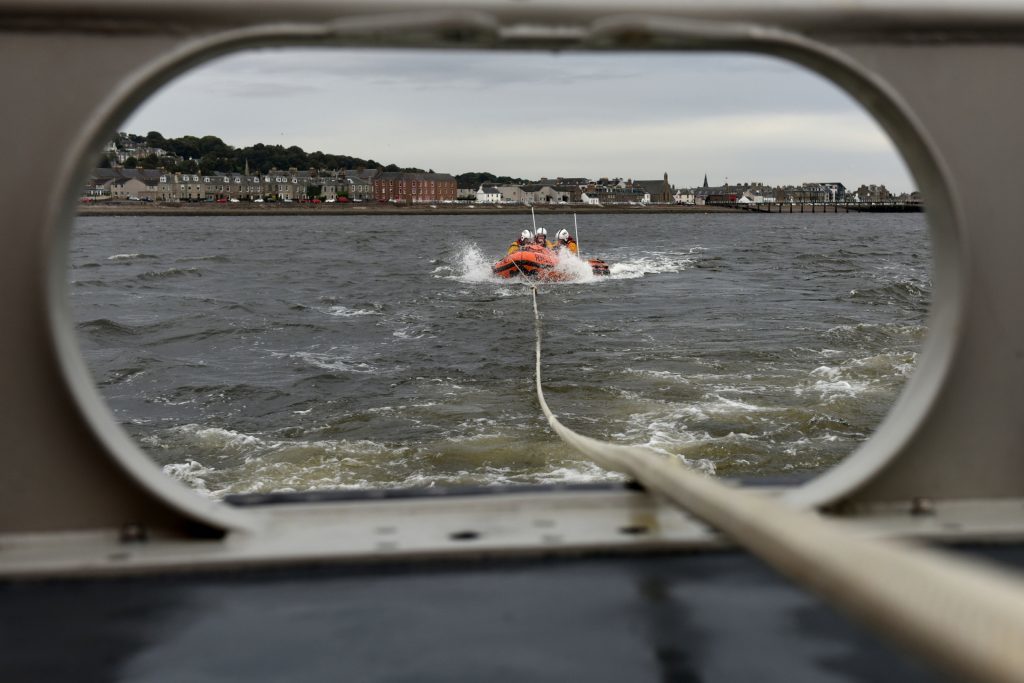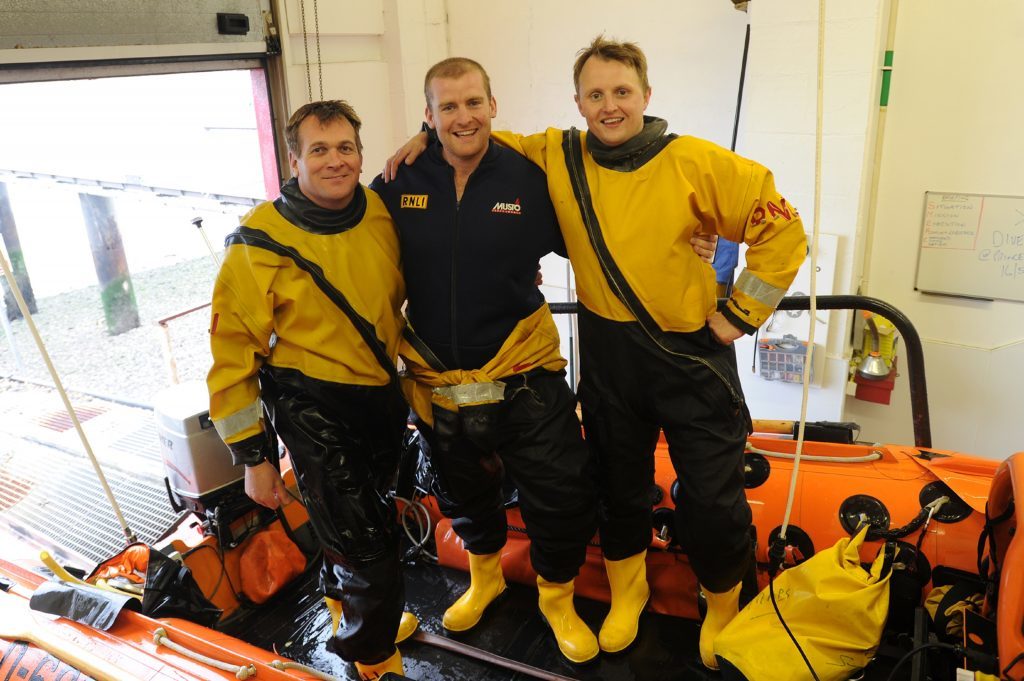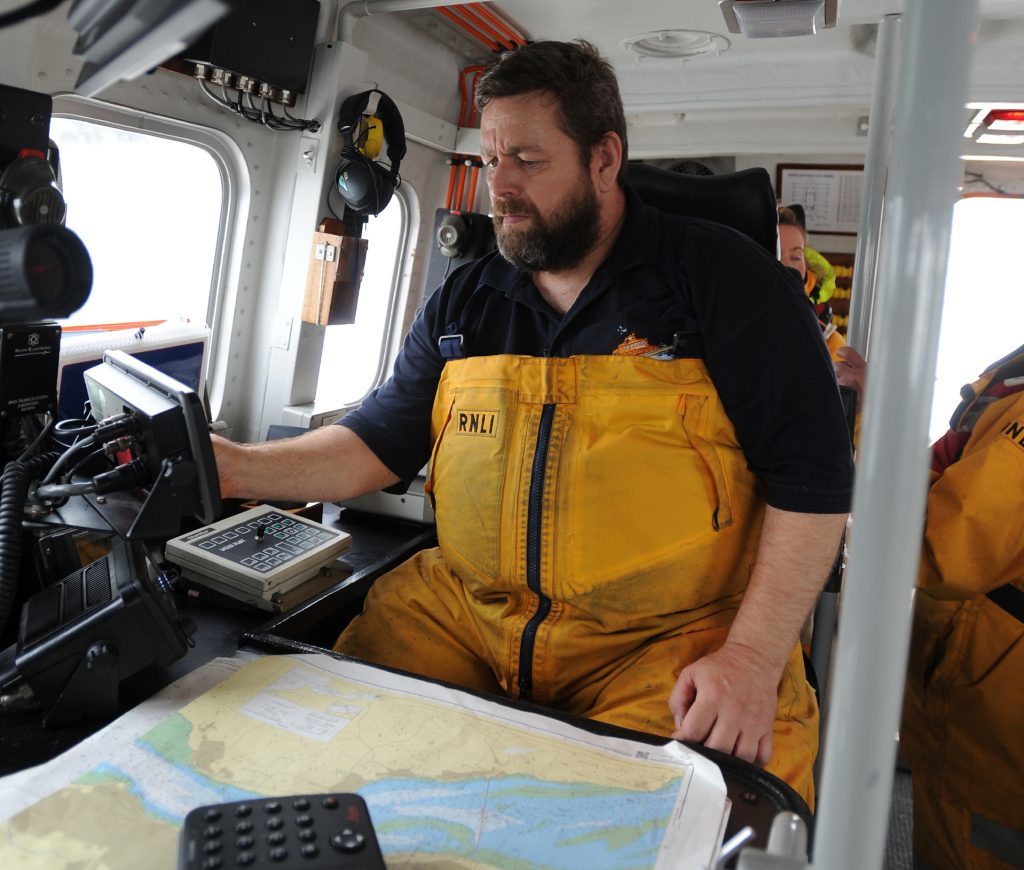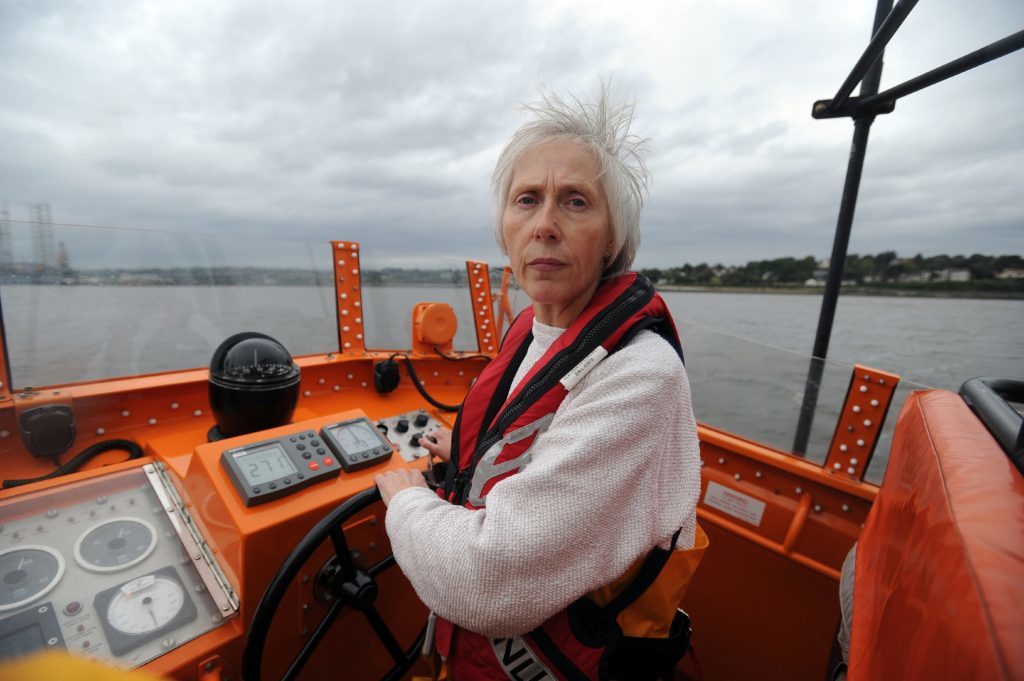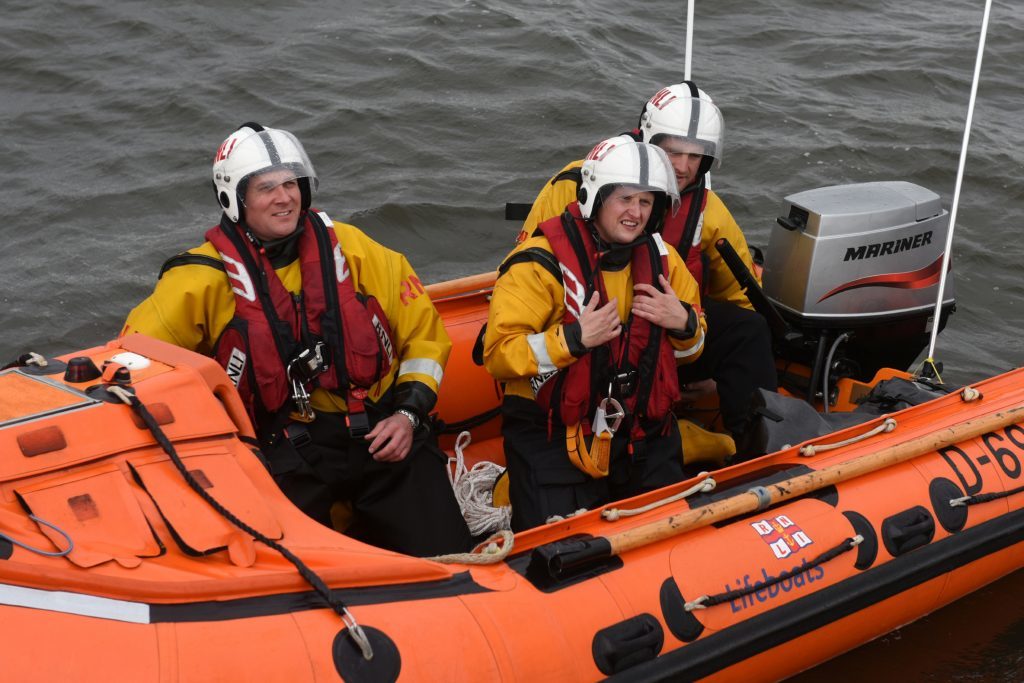From rescuing fishermen on stricken vessels to thrill-seeking tombstoners, the RNLI’s ambition is to save lives at sea. Gayle Ritchie goes on a training exercise with the Broughty Ferry lifeboat team
A strong wind is howling and storm clouds gather ominously above as the RNLI sets out to rescue a man overboard.
“This is nothing,” grins Murray Brown, coxswain at Broughty Ferry lifeboat station.
I guess he’s right. It is, after all, daylight and the call to arms is actually a mock one.
I’m spending an afternoon training with the Ferry’s RNLI crew, which consists of a team of dedicated volunteers and full-time staff.
One of the rescue missions involves the “man overboard” exercise, but today, the only thing that’s gone overboard is a lifelike dummy, who goes by the name of Fred.
Within less than four minutes, the volunteer crew have dragged a thankless Fred back on board. Job done.
And like Fred, not everyone is too happy to see them – in fact there are occasions when lifeboat crew members have been met with some degree of hostility.
“There was a guy who took out a knife once when we tried to rescue him,” volunteer Ian Reid tells me.
By and large though, most rescuees are grateful. Just as well, as many of the rescuers are volunteers, like Ian, who give up their own time to save lives.
To be a member of the RNLI crew, you need to live within three miles of the lifeboat station. If you live too far away, the chances are, you’ll have missed the boat, as it were, when rescue calls come in.
Many of the Ferry’s crew work at the furniture store Gillies of Broughty Ferry, where, they say, they’ve got an “understanding boss” who used to be a crew member.
Others volunteers range from joiners to police to ambulance technicians, as well as art gallery staff.
“There’s training to keep up skills every 10 days,” Murray tells me.
“The crew need to get used to being bounced about in rough seas, learn about boat handling, and be prepared for any eventuality.
“We spend a lot of time searching for people in the water. The water temperature stays roughly the same all year round – it fluctuates a bit – but the wind chill factor affects survival.”
Murray recalls once instance where a man was face down in the water for 20 minutes.
“We gave him CPR in the boat, got him into an ambulance and two hours later he walked out of Ninewells. The cold had shut his body right down.”
There’s no getting away from the grim reality that some missions, which mechanic Scott Huggins describes as “unsuccessful”, result in the recovery of dead bodies.
Is this not difficult to deal with? “You become hardened to it,” he says. “Some of the bodies have been in the water for a very long time. But at the end of the day, it’s closure for the family.”
But ultimately, says operations manager Martin Adams, the RNLI is here to save lives. “It’s not actually our function to recover bodies but we do it as a social duty.”
In June, the emergency services were called out after two young men were trapped and cut off by the tide after tombstoning off the Arbroath cliffs.
That particular night, four Coastguard teams, 15 rescue officers, two lifeboats with nine crew, plus shore crew dropped all that they were doing to run to their aid.
“In 2015, the RNLI launched 18 times for tombstoning around the country and there were four fatalities,” says Martin.
“We’ve had lads jumping into quarries in Fife and the occasional person jumping off the pier in the Ferry. We also picked up a young lad in the middle of the Tay. He’d been chasing his football.”
The message the RNLI wants to get across, says Martin, is to: “respect the water”.
info
Respect the Water is the slogan of the RNLI’s drowning prevention campaign – around 190 people die in British and Irish waters each year and the RNLI intends to see that number halved by 2024.
The idea is to encourage people to enjoy the water, but also to recognise its dangers and never underestimate its power. It highlights the risks, helps you avoid them, and gives advice to keep you and your friends safe.
Half of those who die at the coasts never even intended to get wet. It’s easier than you think to slip, fall or get into trouble in the water, so get informed and get involved.
For more information, see rnli.org
